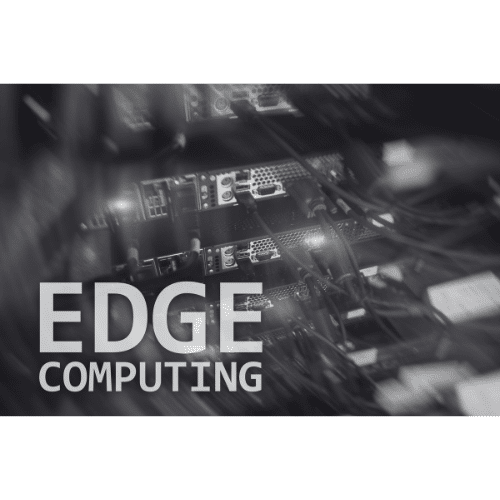Edge Computing is set to revolutionize various sectors with its capability to process data closer to where it’s generated, reducing latency and bandwidth use. Here are several key trends and insights on Edge Computing as gathered from multiple sources:
Explosion of Data
The proliferation of IoT devices is leading to a data deluge. By the end of 2023, about 15.1 billion IoT devices are expected to be in operation, creating vast amounts of structured and unstructured data that needs processing1.
5G Integration
The rollout of 5G networks is enhancing Edge Computing’s potential, providing faster data processing capabilities and enabling more edge computing operations closer to data sources2.
On-site Machine Learning
The technology is making machine learning at remote locations more feasible by reducing the latency, which could normalize machine learning and AI applications, especially in places where rapid data processing is crucial2.
Cost-effective Alternatives to Cloud
With cloud storage becoming pricier, Edge Computing offers a less expensive alternative for data processing, especially for unstructured data, by keeping data processing away from central infrastructure silos2.
Support for Cloud AI Deployments
The emergence of tools like OpenAI’s ChatGPT has spurred a global AI race, with companies exploring Edge Computing to support Cloud AI deployments3.
Industry-Specific Use Cases
Various industries are finding novel use cases for Edge Computing, especially in managing edge containers and delivering full-stack solutions for edge environments4.
Competitive Landscape
The enterprise market for Edge Computing is predicted to grow at 22% in 2023, with a clearer view of major players’ offerings and strategies emerging5.
These trends underline the increasing importance and adoption of Edge Computing across different sectors, driven by technological advancements, the need for efficient data processing, and the evolution of market strategies.
